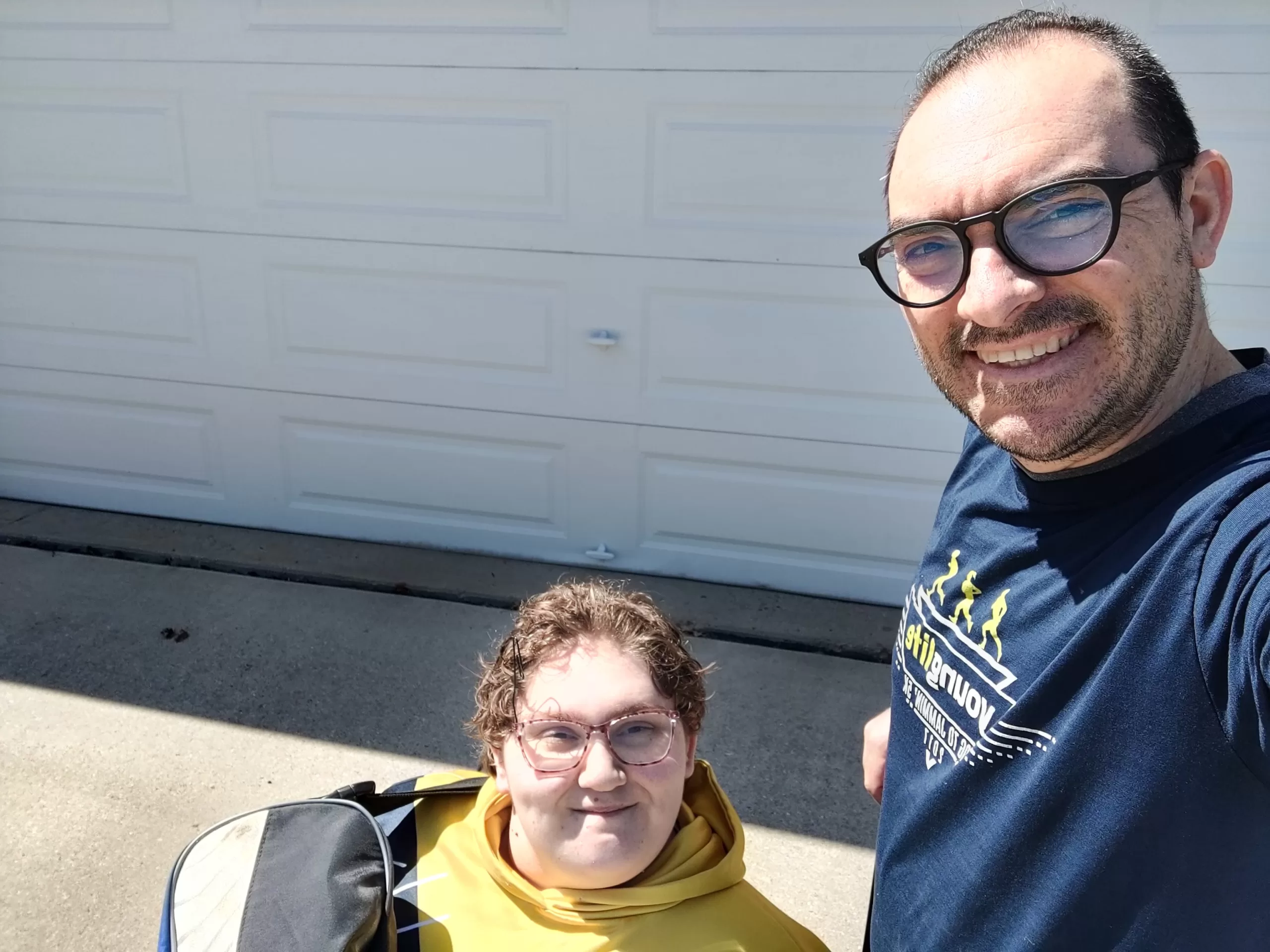Don’t get me wrong. I have a great deal of respect for the medical professionals at Children’s Hospital. The amount of dedication and love that goes into caring for our kiddos is amazing and awe-inspiring. But sometimes I wonder at the logic and thought processes behind some of the decisions.
The observer effect is a well-known phenomenon. Simply put, it states that merely observing an event changes its outcome. While I’m not a physicist, I am a programmer, and I’ve seen plenty of Heisenbugs. On top of that, there have been plenty of times when Namine acts differently for pathologists, analysts, or other experts than she acts for us — this is well-documented as the Hawthorne effect.
Namine has had sleep studies in the past, all of which aimed at monitoring her sleep and breathing patterns in order to determine ideal care. All of them result in her sleeping differently than she does at home. A perfect example is the last sleep study performed before Namine’s decannulation. She had to sleep with her tracheostomy capped, with monitors strapped and glued to her body and head (respectively), in order to closely monitor her heart rate, blood pressure, and blood-oxygen level.
Now, of course all of those are important — especially in a patient like Namine, whose life would be in danger if her oxygenation were not closely monitored — but surely someone employed by the hospital has to realize that situation is going to change the way she sleeps. During this most recent sleep study, as another example, Namine didn’t sleep for more than two hours at a shot. She would fall asleep for a while, then wake up. Fall asleep, wake up. Rinse, repeat, ad nauseum. All. Night. Long. As a result, neither Namine nor Jessica was well-rested the next day.
This sleep pattern observed during the study is in no way an accurate representation of her sleep at home. At home, Namine hardly wakes up at all. She might end up halfway across the room — an event which recurs so often that it prompted us to schedule the sleep study in the first place — but she rarely wakes up even once before the morning comes. (If she does, it’s because of pain or thirst.) No, in attempting to observe her sleep pattern (and in the process tell us why she might be sleep-walking), the study instead created a whole new circumstance which, while observed, was completely different than that which occurs at home.
Jessica and I are not physicists, doctors, or sociologist, but this is an easily observed and obvious phenomenon. So the question in my mind is this: why does no one at the hospital acknowledge it?
When discussing the scheduling of a sleep study, it is always talked about as though this is the solution, this will lead us to the answer. But hospital personnel have to see, over and over again, the same thing that Jessica and I have seen. And never, not once, have we ever seen it acknowledged that the study, instead of observing the child in a normal situation, creates a new situation, one that does not exist at home.
Why not?




Leave a Reply